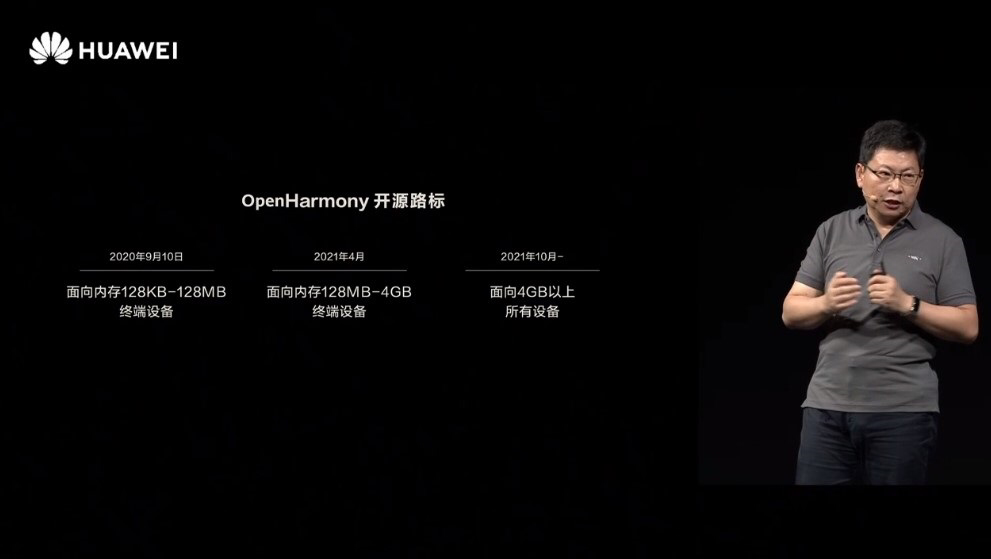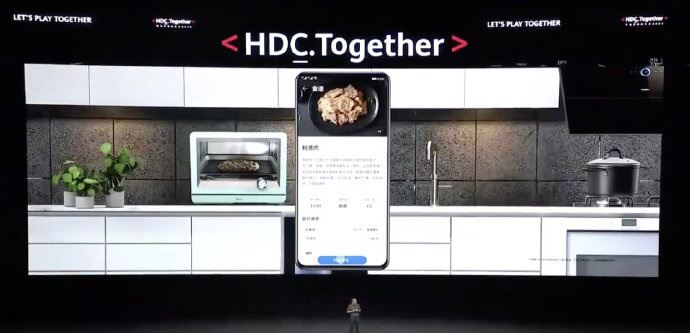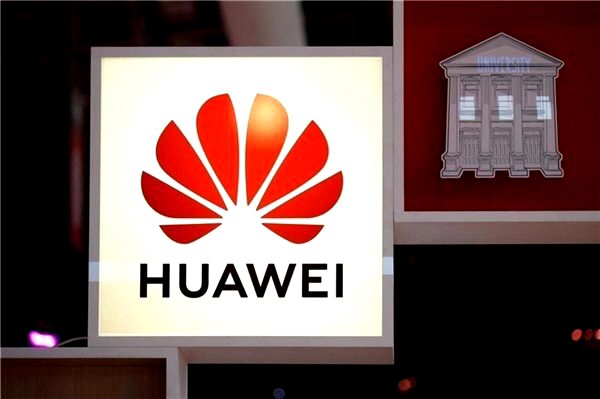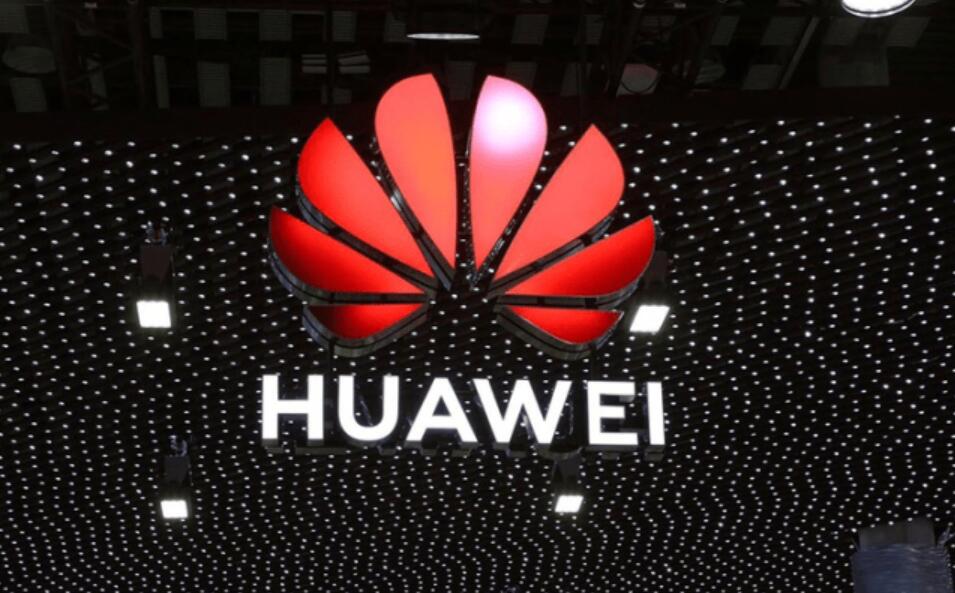Hi WTAN,Its actually quite well known in China that Huawei is part of the 02 Special Project and is developing its own EDA Tool for 7nm Chips. I have posted information on this before in the past. Hisilicon which designs Chips has the technical ability to develop its own EDA.
This Global Times article is actually the first article to publicly confirm this.
In any case, Huawei is throwing large resources at EDA development and the best Tool will be developed.
Another thing people dont realise is that American EDA is integrated with the ASML Litho Machine. Huawei has to use the same EDA as is used by its contract manufacture TSMC in order to have seamless design to manufacture. Huawei self developed EDA for 7nm Chips is also integrated with the SMEE 28nm Litho Machine which is able to produce 7nm Chips.
American EDA cannot be integrated with SMEE Litho products as SMEE is itself also under American embargo. Locally developed EDA Tools will become essential with local FABS.
If the sanction on SMIC do happen, what will their course of action will be, suing is out of the question? what about their operations? can they replace their critical equipment with domestic one, pieces by pieces so that it wont impede operation? or all at once, sorry for the stupid question, from what I learned from KYli, localizer and you, is that its a complex process, one missing pieces will derail the whole process.





